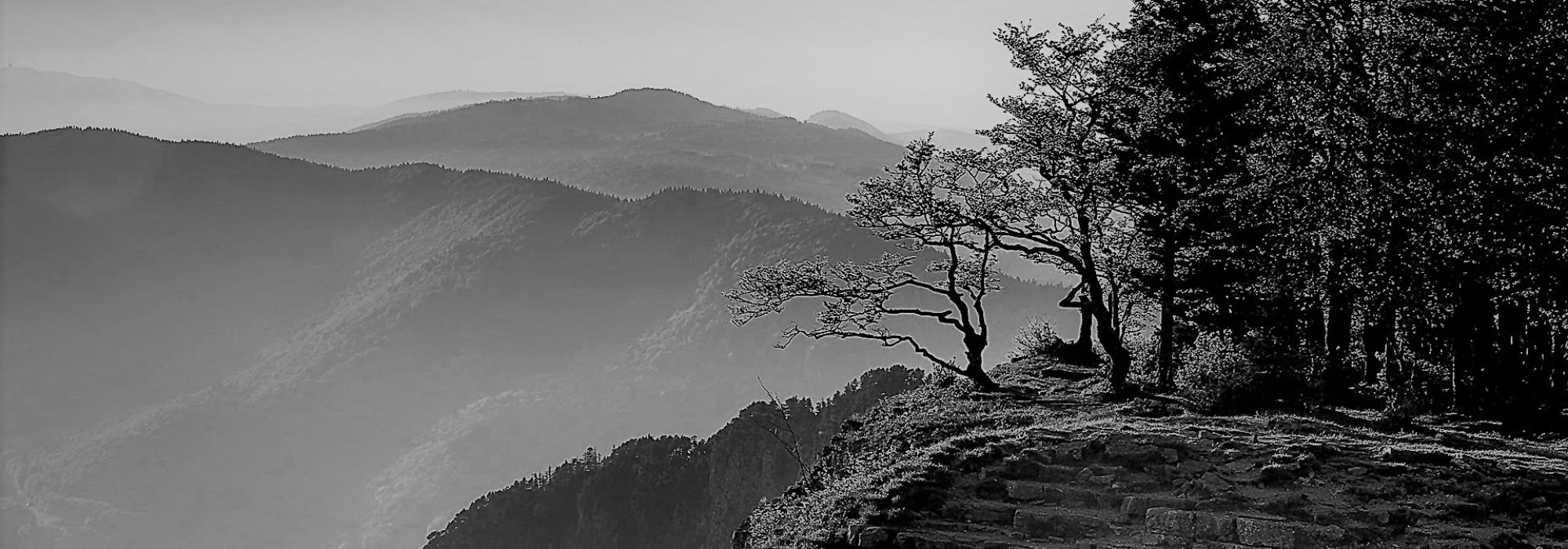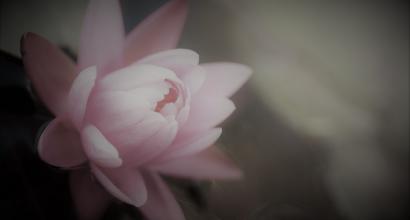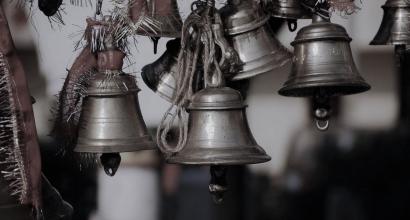Recognition of Self
Understanding and responding to the tender minds of children needs a kind of dissolution of Self. It needs an assessment of our self from a perspective outside of us. This came to Rajarathnam somewhat by nature. (After his graduation he worked in śiśu-vihāra—kindergarten—among children for some time). The following extract from his work Hattu-varuṣa that is presently relevant, which can be considered as a part of his autobiography, has remained in the minds of many people –
“When Ratna was five years old, [they] decided that he should be put to school. For this grand event his grandmother took Ratna from Kollagal to Mysore. The next day when he was about to be sent to school, his grandmother gave him a small quantity of food (‘small’ in the grandmother’s view) for breakfast. Ratna ate as much as he could and the rest went into his pocket; he went to the school, which started at half past seven in the morning. He was made to sit in the ‘B’ section. The teacher was making the students read the first lesson ‘Ramayya, watch the plantain plantations.’ Ratna held the book as a cover and ate the remaining food that he had brought. This came to the notice of the teacher. Angered by the lack of discipline in the class, the teacher thrashed him. The result was, within the next half an hour, the child became ill with fever…”
‘Ratna’
G P Rajarathnam’s original name was G P Raja Iyengar. The story of how ‘Ratna’ entered his name should be heard in his own words.
A new English teacher came to the school when he was in a class before Lower Secondary (i.e. when he was in the sixth standard). The English teacher would mockingly chide Raja Iyenger and other students occupying the front benches by saying, “ಆಹಾ, ರತ್ನಗಳು, ಮುಂಡೇವು!” (Wow, you’re all bloody jewels!). Raja Iyengar decided to fool the teacher. He went to the school clerk and requested him to change his name in the register as ‘Rajarathnam Iyengar.’ The clerk said that it could be done with no trouble and in the next month’s attendance register the name was changed as requested.
“The following day was the first day of the new month. The English teacher entered the class and before starting the day’s lessons he took attendance. By habit, he called out ‘G P Raja Iyengar.’ Although seated in the first bench, Raja Iyenger didn’t answer. The teacher turned towards him and asked, ‘Why don’t you answer?’ Pat came the reply, ‘You didn’t call my name!’ ‘Impertinence! I called you. G P Raja Iyengar.’ ‘I’m not Raja Iyengar, I am G P Rajarathnam Iyengar.’ The teacher this time actually looked at the register and read the name slowly as though trying to learn the name. The whole class burst into laughter.” [from Hattu-varuṣa]
Nobody bothered to change his name back to the original and so it remained ‘G P Rajarathnam Iyengar.’ When he did his BA degree, his English professor left out the ‘Iyengar’ in a bid to shorten his name and so, ‘G P Rajarathnam’ remained.
Lineage
The ‘G. P.’ stands for ‘Guṇḍlu-Paṇḍita.’ The ancestors of Rajarathnam were scholars in tarka (logic), vyākaraṇa (grammar), jautiṣa (astronomy/astrology), and āyurveda. Gopāla-deśika, in the 16th to 17th century, his son Śrīnivāsācārya, his next generation Gopīnāthācārya, Lakṣhmīpati Ayyaṅgār, Veṅkateśayyaṅgār, his son Tirumalāryaśekhara were all scholars well-versed in many śāstras. Tirumalāryaśekhara was the classmate of Chikka Devaraja Wodeyar [Devaraja Wodeyar II]. He resided in Srirangapatna and earned the title ‘Aṣṭa-bhāṣā-sāhitya-dhurandhara’ (expert littérateur in eight languages). From his times the people in the lineage had the name ‘Guṇḍlu-Paṇḍita’ attached to theirs. In the same lineage were scholars well-versed in yoga, such as Gopāla-deśika, Śrīśailapūrṇa, Venkaṭācārya, Vedāntācārya, and Vaidyaratnam Lakṣmaṇācārya as well as āyurveda scholars, who were all able to earn the affection and trust of the society.
Ideal Teacher
Rajarathnam’s fame as a teacher should make one and all envious. While the sciences’ division of the Central College wore a melancholic seriousness of a funeral, the languages’ division was drowned in waves of laughter. The classes handled by the three R’s – MR (M Rama Rao) from the English department, SR (S Ramachandra Rao) from the Sanskrit department, and GPR (G P Rajarathnam) from Kannada department – were full of mirth and laughter. The students who know the teaching capability of the likes of Rajarathnam and V Sitaramaiah (V Si.)—and fortunate enough to have savoured their oratory prowess—will never be able to forget their classes.
A R Krishna Shastri said the following about Rajarathnam – “With his forceful exposition, brilliant personality, a smiling face, and good conduct, the student following he has attained is something to be proud of. A teacher who earns the respect of his students is a puṇyavanta and his students are blessed. A teacher like Rajarathnam who could nurture and bring out the latent talent present in the students is indeed rare. The writings written by his students which he has published under the title ‘ಕಾಲೇಜು ಬರವಣಿಗೆ’ (College Writings) bears testimony to this. Due to his untiring efforts so many starlings became visible and shone even in the daylight.”











































